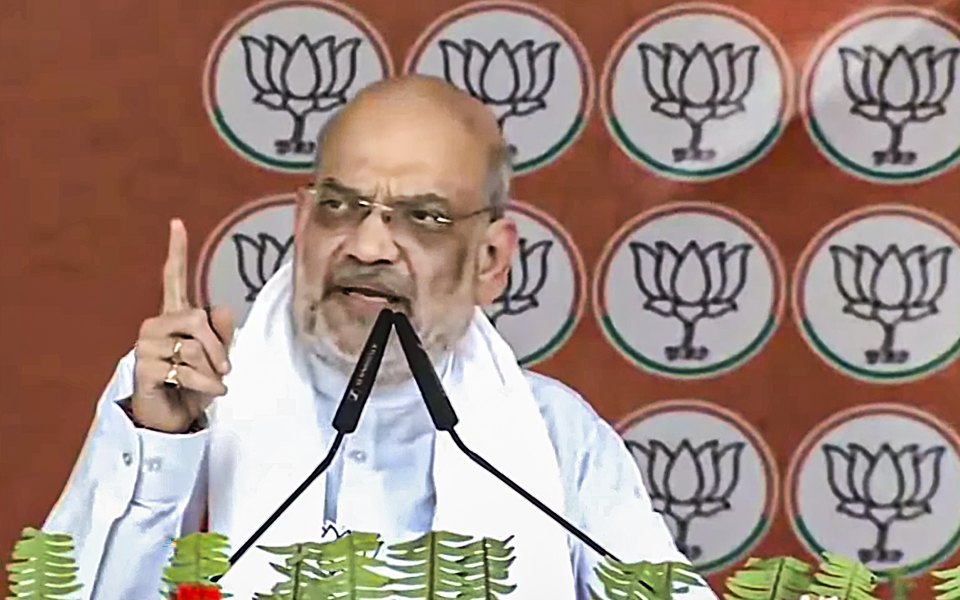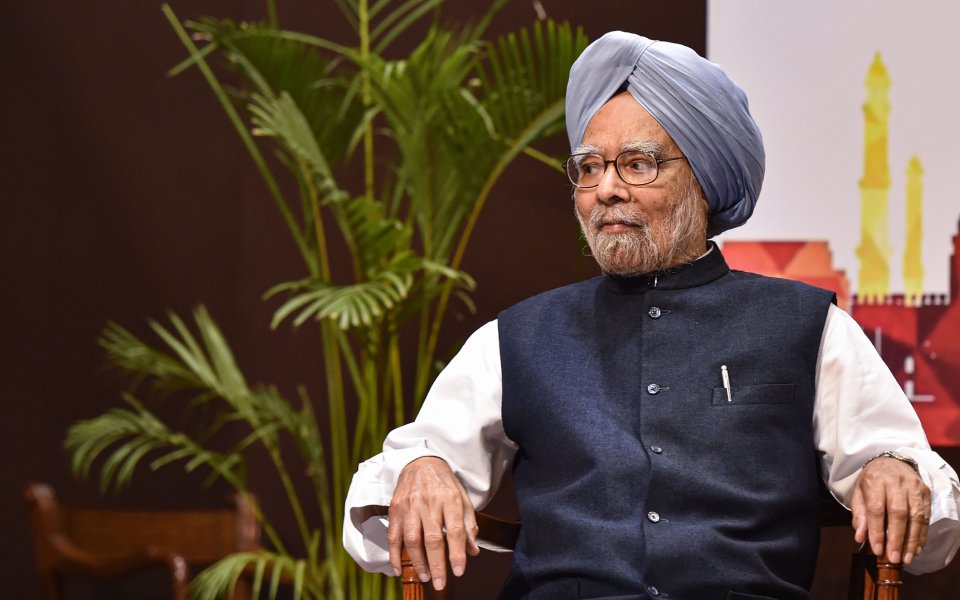Ahmedabad, Aug 13: Union Home Minister Amit Shah on Sunday said he was not against English, but children in India should learn both their respective mother tongues as well as Hindi, and called for the need to preserve the country's native languages.
He was addressing the graduating students of the Indian Institute of Teacher Education (IITE) here during its convocation ceremony.
Shah also urged the graduating students to make use of the wealth of knowledge that is available in Sanskrit language, Upanishads and Vedas.
The Union minister said he was not against English as India is a country that cannot oppose any form of knowledge.
"It is your responsibility to preserve and enhance all Indian languages because they contain our culture, history, literature and grammar. We have to make our language strong. An important aspect of the National Education Policy 2020 is to teach children in their mother tongue," he said.
"I believe that children should learn French, German along with English, but a child from Gujarat should learn both Gujarati and Hindi, an Assamese should learn both Assamese and Hindi, and a Tamil should learn both Tamil and Hindi. If this happens, then nobody can stop our country from progressing," Shah said.
The aim of this institute (IITE), founded by Prime Minister Narendra Modi during his tenure as Gujarat chief minister, was to unify the eastern and western educational philosophies, Shah said.
"Sanskrit is one of the four papers that are taught to you...I would request you to improve upon whatever basic knowledge of Sanskrit you have received here. If there is one place in the whole world where a wealth of knowledge is collected, then it is our Upanishads, Vedas and Sanskrit. Once you study them, no problem of life will remain a problem for you," he further said.
He said Vedas teach that we should collect good ideas from wherever we can without getting into where the knowledge has come from.
"We should see whether the knowledge is for the benefit of the society, people, world and universe without caring about where it has come from," Shah said.
The Union minister said it is important to connect our ancient Indian educational philosophy with modern dimension.
He said there have been many changes in the fields of knowledge and science, and we should understand the changes and unify the two to create a complete education system.
Education means showing the right path to a child and becoming his or her guide, he said.
A total of 2,927 students graduated from the institute.
Let the Truth be known. If you read VB and like VB, please be a VB Supporter and Help us deliver the Truth to one and all.
Bengaluru, Dec 26: A Japanese national, Hiroshi Sasaki, who works in Bengaluru, lost Rs 35.5 lakh after being 'digitally arrested' by cyber fraudsters, police said, on Thursday.





